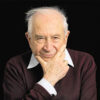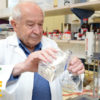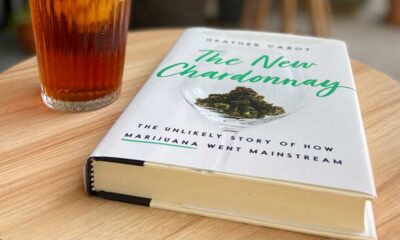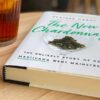
Books
Book Review: ‘The Cannabis Health Index’
Book explores 100 different conditions and diseases that can be treated with cannabis.
There was a time when cannabis books were, few and far between. They consisted mainly of cultivation books (almost all of them authored by Ed Rosenthal), a few cooking with cannabis titles and autobiographies of drug dealers. Then came the period where medical cannabis books began to appear but they were so outrageously priced that no one could afford them. But times have changed. At the recent 11th National Clinical Conference on Cannabis Therapeutics in Berkeley, California the conference bookstore was overflowing with titles on all aspects of cannabis and, in particular, medical cannabis.
Some authors, it seems, have seen the writing on the wall and anticipate the day when cannabis textbooks will be needed for budding (pardon the pun) cannabis clinicians. A handful of colleges have begun to teach students about the endogenous cannabinoid system (ECS) and a smaller number are offering cannabis certification courses. Students need books and authors like Uwe Blesching are writing them.
Blesching’s book, “The Cannabis Health Index,” is 600+ pages and priced affordably at $24.95. It is an excellent resource. Blesching has painstakingly reviewed the literature and compiled a cannabis health index score, a CHI, for 100 various diseases and conditions that can be treated with cannabis. Blesching describes the CHI as “an evidence-based rating system that shows degrees of confidence in cannabis as an effective treatment for a specific condition.”
The CHI score is complex. Blesching reviewed more than 1,000 studies, giving greater weight to human vs. animal studies. Weight is also given to individual studies, or case studies. The result is a “score” that Blesching uses to rank the efficacy of cannabis in treating everything from aging to schizophrenia. The ranking system is visually represented with one to five cannabis leaves.
This book should be immensely useful to clinicians — doctors, nurses and other healthcare professionals — who are on the front line of re-integrating cannabis into medical care. For these individuals a book that compiles data on the multitude of conditions that are treatable with cannabis is an important tool, in the tradition of “The Physician’s Desk Reference.”
It is particularly appealing that Blesching begins from the standpoint of the endogenous cannabinoid system (ECS) and offers an easy-to-read explanation of this important physiology. He then points out that cannabis is not the only substance that can alter our ECS and offers some very useful information on nutritional supplements. He also includes the synthetic cannabinoids, most notably Marinol and Cesamet, in his review.
A good portion of the book is about mind-body relations and the role of mindfulness in using cannabis in the healing process. While the information is interesting and useful it can be distracting. Indeed the one criticism of the book is that it seems torn between wishing to create a desk reference while also wanting to convince patients that cures are possible with meditation and diet. Of course that is true but is likely to ring hollow with some patients who do not view their condition (e.g. glaucoma, multiple sclerosis, ALS, epilepsy, etc) as something caused by poor diet and unfocused thinking. Similarly, for the Western trained physician who is just getting his or her feet wet in the medical cannabis renaissance, such references may be off-putting.
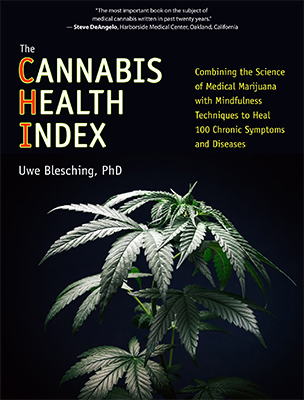
More’s the pity because this book is really great when it comes to compiling the data. It can quickly dispel the notion of “no research” and it has a companion website that is updated as new research becomes available.
Blesching deserves a round of applause for creating the CHI system and writing this book. Let’s hope that he continues to “re-purpose” the information into more compact volumes that can indeed become desk references for the thousands of individuals — patient and practitioner alike — who are looking for accurate medical cannabis information.
TELL US, have you read any good books about cannabis lately?








